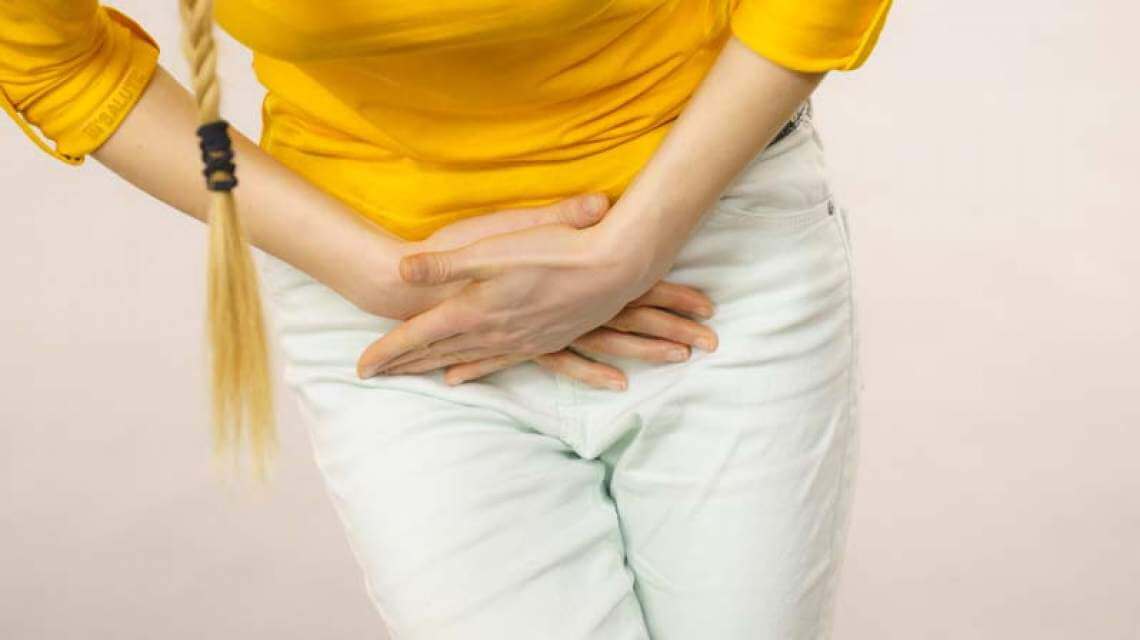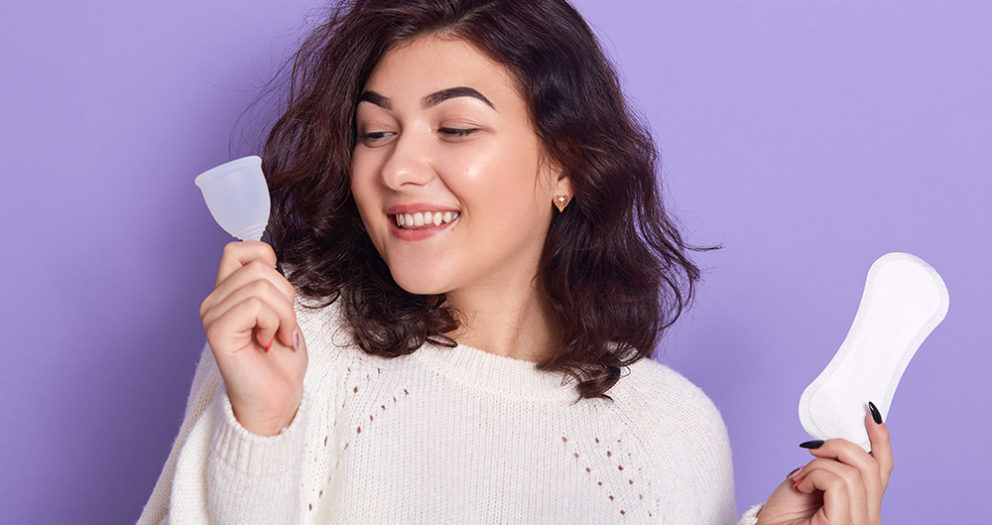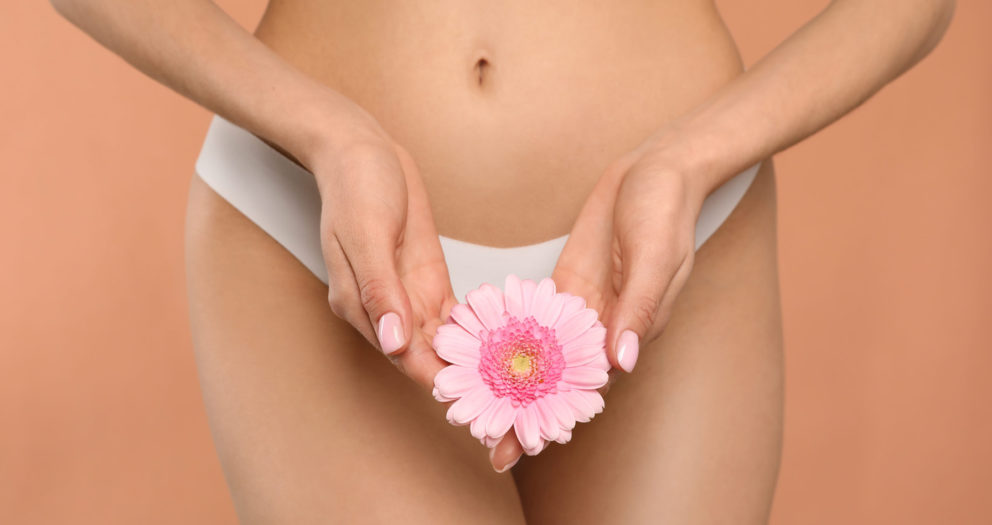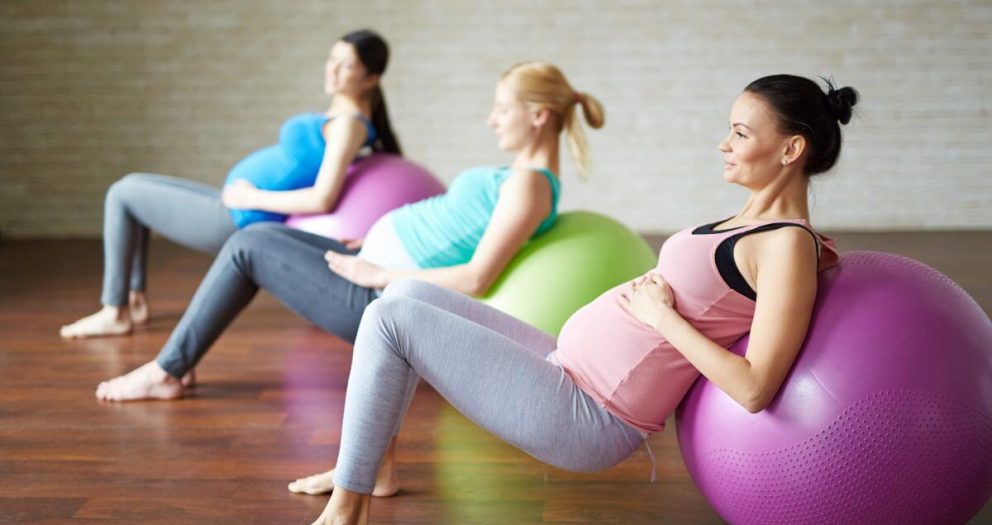Do you constantly have to rush to the toilet? After urinating do you feel that you “haven’t done it all?” Do you get shivers and pain? The problem could be cystitis. Cystitis is a bacterial infection that affects women and originates in the urethra: from that tube just a few centimetres long, bacteria travel from the perineal area to the bladder, causing unbearable discomfort.
If the symptoms are still mild, the first thing to do is to start drinking a litre of water more than you usually would over a day: this will dilute the bacteria present in the urine. It is also strongly recommended to take probiotics and live lactic acid bacteria and it goes without say that it would be a good daily practice to eat a yoghurt, preferably with no added sugar. This is because cystitis is often caused by Escherichia coli, bacteria that usually live in the intestine, but that due to poor personal hygiene or the prolonged presence of a disorder (diarrhoea or constipation), may travel upwards and infect the urethra and bladder.
In this sense, it is useful to remember that it is preferable to use white or neutral-coloured cotton underwear and, an aspect that is often undervalued, the correct direction in which to use toilet paper is always from the front backwards, and never the opposite, precisely in order to avoid carrying these bacteria forwards. Last, but not least, it is important to never withhold an urge: often, when we are in a hurry or are working, or when we feel we can’t take a short break, we withhold an urge, sometimes for hours. This is the most effective way to allow germs and bacteria to stagnate in the bladder and cystitis will undoubtedly ensue.
Antibiotic Treatment for Cystitis
When the symptoms are more serious, a doctor will prescribe an antibiotic treatment that must be followed scrupulously in order to avoid, as in all similar cases, strengthening the bacterium and making it more resistant to subsequent treatments.
However, it is with interstitial cystitis that this usually short-lived condition shows its worst side as this is the chronic and more subdued version, because it is difficult, if not impossible, to identify it in urine cultures. The main symptom is intense suprapubic pain when the bladder is full and frequent episodes of cystitis throughout the year. In this case, treatment will also be prolonged and, in order to repair natural bladder protection, urologists usually prescribe bladder instillations of hyaluronic acid.







